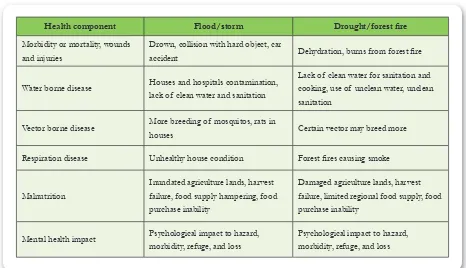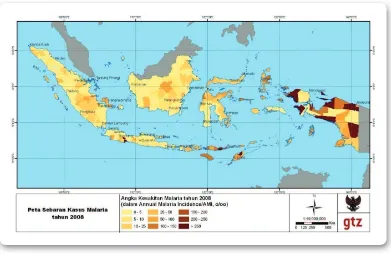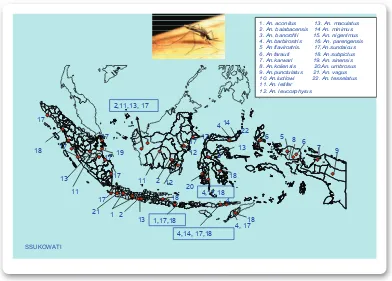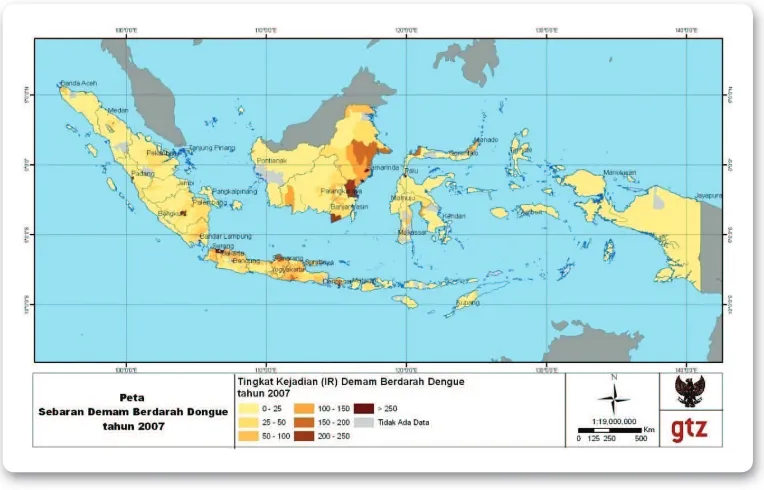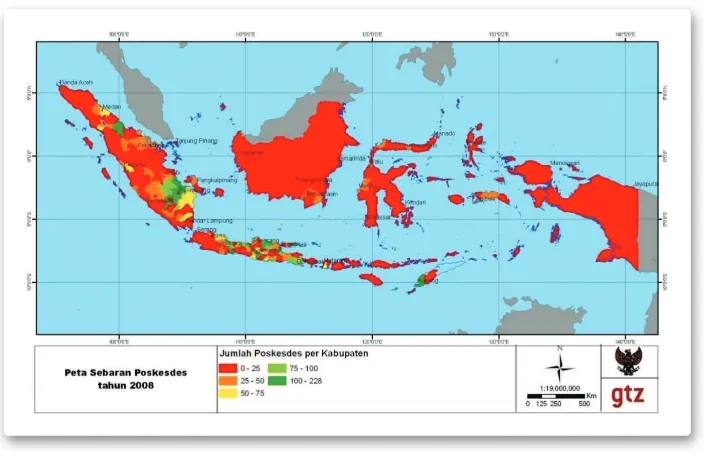Policy Paper
Bebas
121
0
0
Teks penuh
(4)(5)
(6)
(7)
(8)
(10)
(11)
(12)
(13)
(14)
(15)
(16)
(20)
(21)
(22)
(23)
(24)
(25)
(26)
(27)
(28)
(29)
(30)
(31)
(32)
(33)
(34)
(35)
(36)(37)
(38)
(39)
(40)
(41)
(42)
(43)
(44)
(45)
(46)
(47)
(48)
(49)
(50)
(51)
(52)
(53)
(54)
(55)
(56)
(57)
Gambar
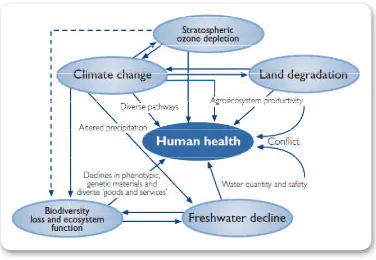
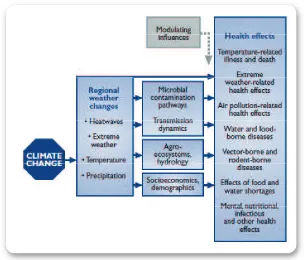
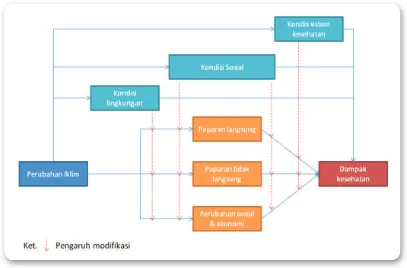
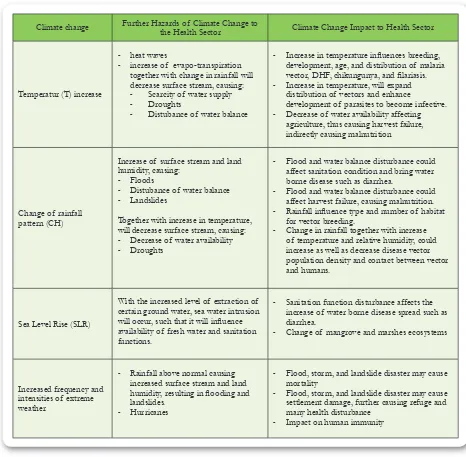
+7
Garis besar
Dokumen terkait
The implementation of the Antimicrobial Resistance Control Program (ARCP) in hospitals, aims to improve the quality of health services, particularly in handling of infection case
Early PHE projects tended to focus on population and environment, stressing the need to increase access to family planning and reproductive health services and develop integrated
Option 3 will provide population estimates for local health services, however mobility is significant challenge and Option 4 while not based on individual service outlets is a more
